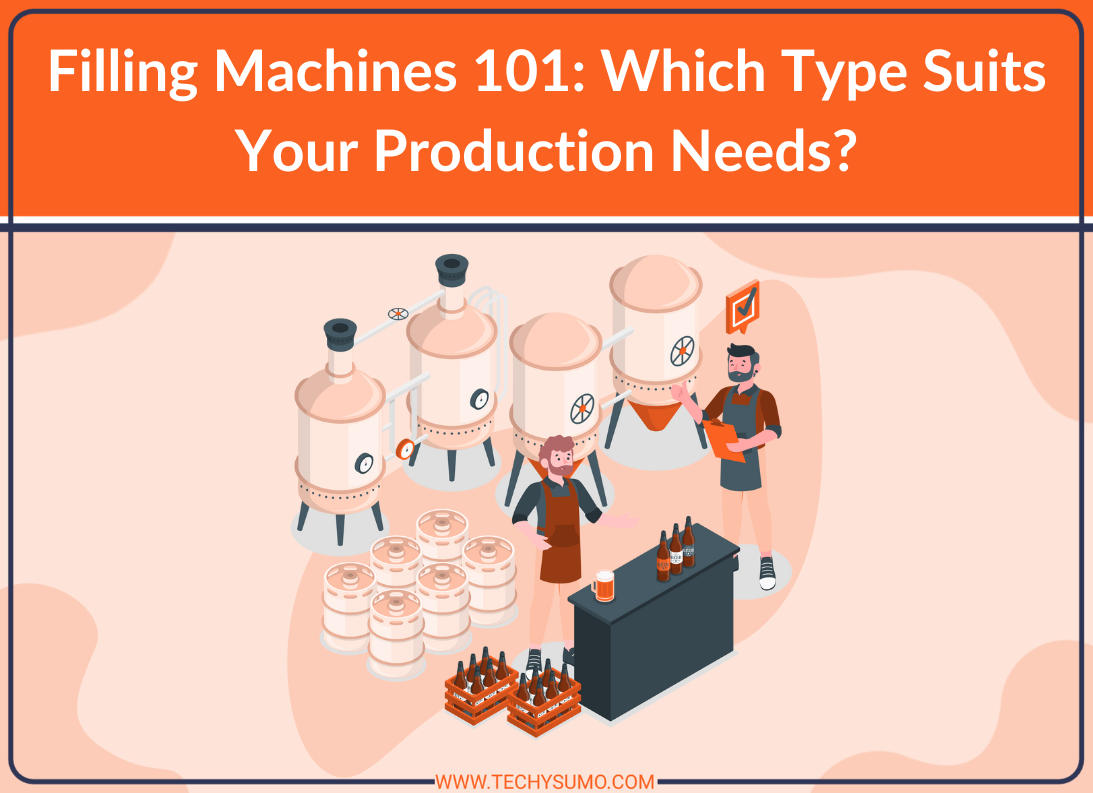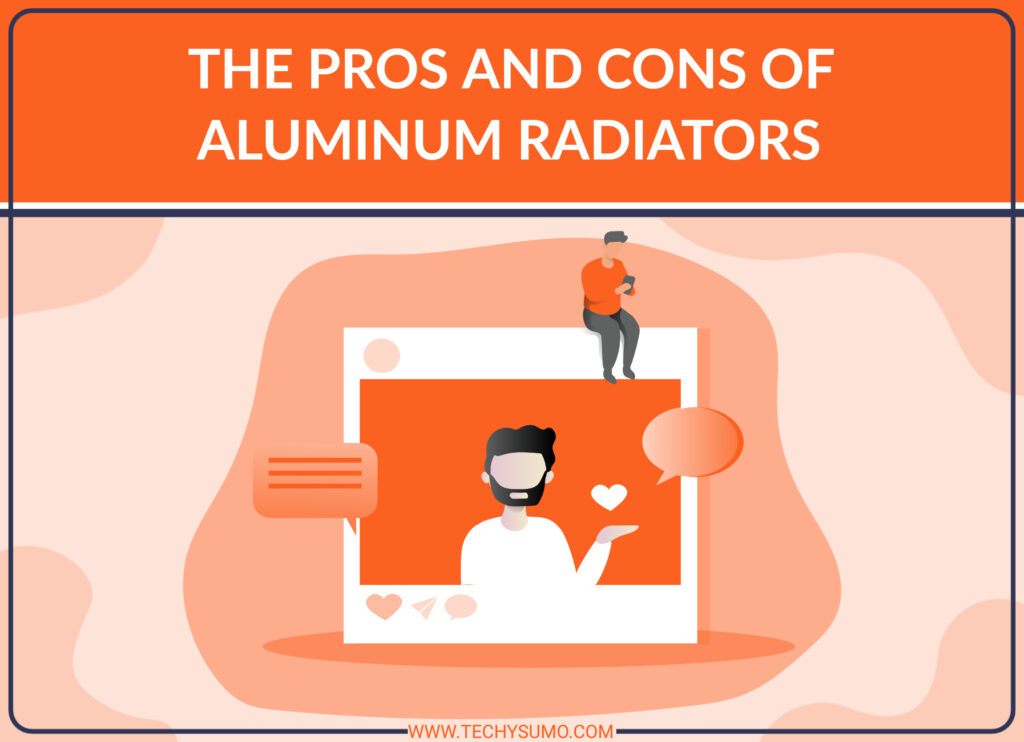Modern production lines benefit significantly from filling machines. These machines enable companies to package a wide range of products quickly and efficiently, ensuring consistency. Operations are streamlined, product volumes are precise, and customers are more satisfied. Several filling machine options are available today, so companies must determine which one is best suited to their needs. When making this determination, a company needs to consider its budget, the viscosity of the product, the speed at which the items need to be filled, and the type of container being used.
Table of Contents
Why Use Filling Machines?
A company may question why it should invest in volumetric or liquid filling machines. Humans have been doing these tasks for decades, if not longer. Filling machines minimize human error while reducing the need for manual labor. However, the right machine must be selected to improve operational efficiency while decreasing costs. Furthermore, this machine must safeguard product quality.
Gravity-Filling Machines
Gravity-filling machines are ideal for low-viscosity liquids that flow freely. The machine uses gravity to transfer the liquid from a holding tank into containers positioned directly below. The machines are basic, making them easy to maintain, and they are cost-effective. Small to medium-sized businesses often choose this option, but it is not suitable for working with thick liquids and is not well-suited for high-speed production.
Piston Filling Machines
Viscous products require a piston filler capable of drawing the exact volume of liquid into a cylinder before dispensing it into a container. These machines are incredibly accurate, making them ideal for products that require consistent fill levels. They work with both thick and thin products, but require more maintenance than gravity-filling machines.
Overflow Filling Machines
Products with slight differences in container size that still require a consistent fill level need overflow fillers. Think liquids that require a uniform appearance when placed on a shelf frequently benefit from an overflow filling machine. Any excess product that remains after the predetermined fill level has been reached is returned to a reservoir. These machines aren’t capable of precise volume control, however, and cannot be used with high-viscosity liquids.
Also Read
Volumetric Filling Machines
Volumetric filling machines measure the product before placing it into containers. These machines can be used for a variety of liquids and are highly accurate, making them ideal for products that require precise dosing. The manufacturer adjusts the fillers to accommodate the container size and fill volume. Businesses with diverse product lines often utilize these machines because they require fewer pieces of equipment while still fulfilling customer orders.
Choose a Filling Machine
Business owners must consider several factors when selecting a filling machine. The product characteristics play a significant role in determining which machine to purchase, and the owner must also factor in the necessary production speed and scale. The selected machine must be able to accommodate the container type and size. Lastly, a machine’s maintenance requirements and cost influence which machine the business selects.
Business owners must carefully consider the choice of a filling machine. The right machine will work for several items in the company’s product line, if not all of them, saving the company money while reducing maintenance requirements. There are fewer machines to maintain, and they take up less space in the warehouse. With the help of these machines, a company can minimize waste, increase efficiency, and maintain product quality. Consult with a reputable provider to determine which machine is best suited to your needs.






